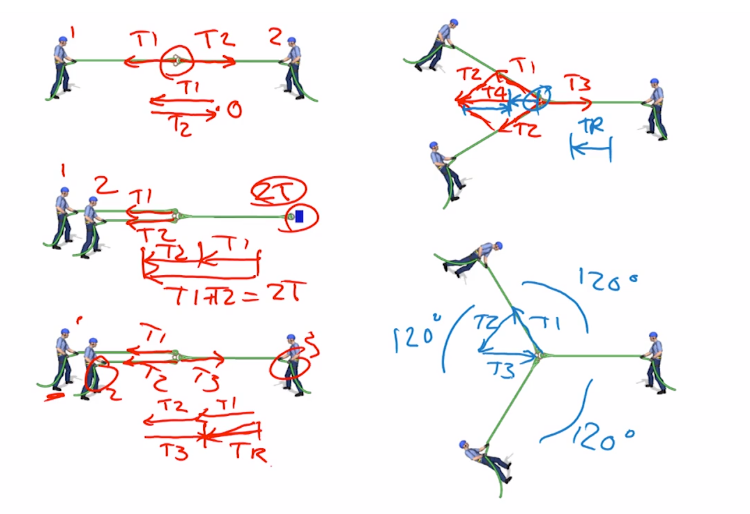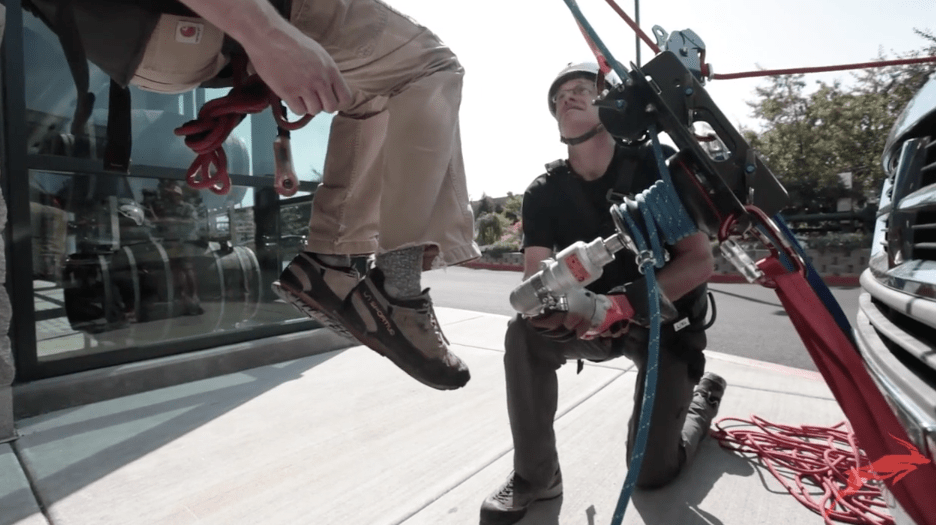Vectors Scalars and Mechanical Advantage
Understanding Vectors, Scalars, and Unitless Values in Rope Rescue Systems In rope rescue and haul systems, mastering the concepts of vectors, scalars, and unitless values is essential for calculating mechanical advantage and ensuring safe operations. Each plays a unique role in analyzing and optimizing rescue setups, helping rescuers balance efficiency, safety, and system design. Vectors […]
Vectors Scalars and Mechanical Advantage Read More »









